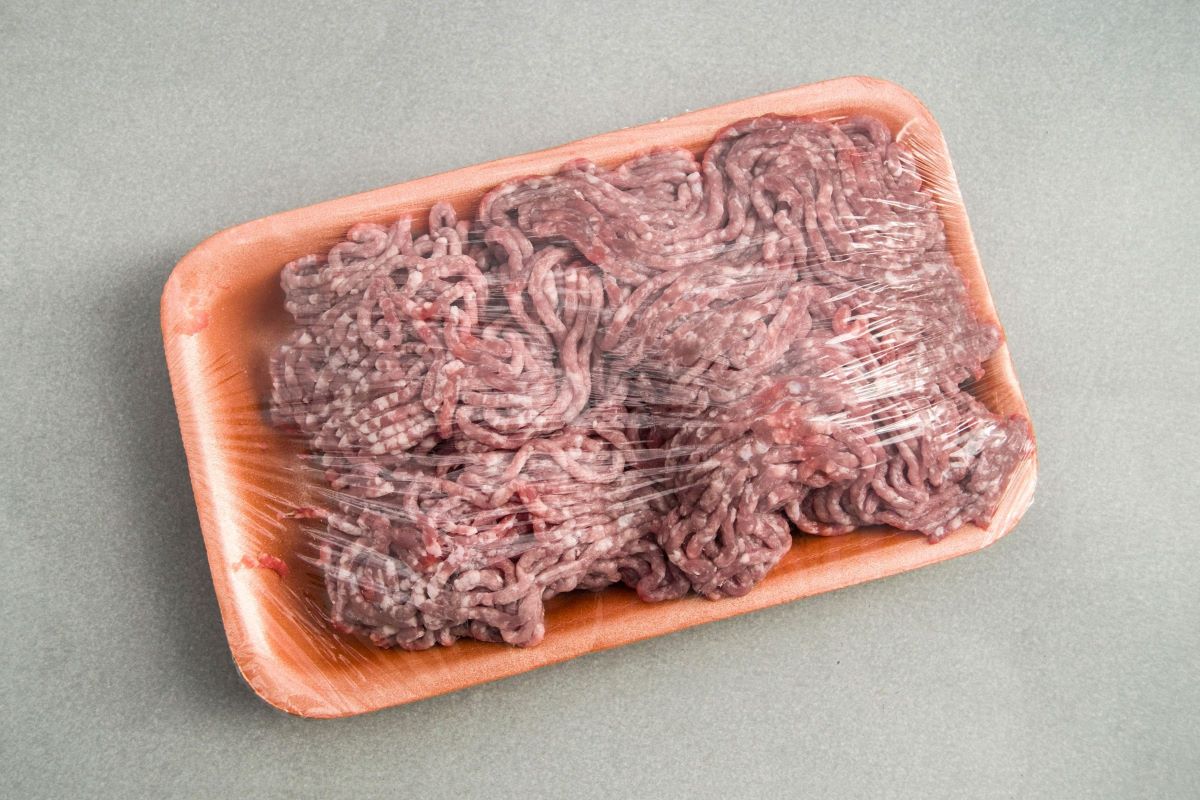

Articles
How To Store Leftover Ground Beef
Modified: January 18, 2024
Learn the best tips and tricks for safely storing leftover ground beef in this informative article. Keep your meat fresh and ready to use for future meals!
(Many of the links in this article redirect to a specific reviewed product. Your purchase of these products through affiliate links helps to generate commission for Storables.com, at no extra cost. Learn more)
Introduction
Leftover ground beef is a versatile ingredient that can be used in a variety of recipes, from tacos and burgers to pasta dishes and casseroles. However, improper storage of leftover ground beef can lead to food waste and potential foodborne illnesses. If you find yourself with some extra cooked ground beef that you want to save for later use, it’s important to store it properly to maintain its freshness and safety.
In this article, we will guide you through the steps of storing leftover ground beef to ensure its quality and longevity. We will explore different methods of storage, including refrigeration and freezing, as well as provide tips on selecting the right containers and properly labeling and dating the leftovers. Additionally, we will discuss the appropriate times for storage and offer safety precautions to keep in mind.
By following these guidelines, you can confidently store your leftover ground beef and enjoy it in future meals, saving both time and money.
Key Takeaways:
- Properly storing leftover ground beef is crucial for maintaining freshness and preventing foodborne illnesses. Follow guidelines for refrigeration, freezing, and labeling to ensure safe and delicious future meals.
- Safety precautions, proper handling, and storage tips are essential for preserving the quality and safety of leftover ground beef. Adhering to these practices minimizes the risk of foodborne illnesses and ensures enjoyable meals.
Read more: How To Store Leftover Raw Ground Beef
Storing Cooked Ground Beef in the Refrigerator
When it comes to storing cooked ground beef in the refrigerator, there are a few key steps to follow to ensure its freshness and prevent any bacterial growth. Here’s how:
- Allow it to cool: Before storing cooked ground beef in the refrigerator, it’s important to let it cool down to room temperature. This helps prevent condensation from forming inside the container, which can lead to moisture buildup and potentially spoil the meat.
- Use airtight containers: Transfer the cooled ground beef into airtight containers or resealable bags. This helps to maintain its freshness by preventing exposure to air and odors from other foods in the fridge.
- Separate into small portions: If you have a large amount of leftover ground beef, it’s a good idea to separate it into smaller portions. This allows for easier reheating and reduces the risk of contamination when you only need a portion of the meat.
- Store on a lower shelf: Place the containers or bags of ground beef on a lower shelf in the refrigerator. This helps to prevent any juices from dripping onto other foods and potentially causing cross-contamination.
- Refrigerate promptly: Once the ground beef has been properly portioned and sealed, place it in the refrigerator as soon as possible. The quicker it is refrigerated, the longer it will last.
By following these steps, you can store cooked ground beef in the refrigerator for up to 3-4 days while maintaining its quality and taste.
Freezing Leftover Ground Beef
If you have a larger amount of leftover ground beef that you won’t be able to consume within a few days, freezing it is a great option to extend its shelf life. Freezing helps preserve the quality and taste of the meat for a longer period. Follow these steps to freeze leftover ground beef:
- Cool it down: Allow the cooked ground beef to cool completely before freezing. This will help prevent the formation of ice crystals and maintain the texture of the meat.
- Prepare for freezing: Divide the ground beef into portion sizes that you would typically use in your recipes. This way, you can thaw only what you need without having to defrost the entire batch.
- Use freezer-safe containers: Choose containers or resealable freezer bags specifically designed for freezing. Make sure they are properly sealed to prevent freezer burn and maintain freshness.
- Label and date: Before placing the ground beef in the freezer, label the containers or bags with the contents and the date of freezing. This will help you keep track of how long it has been frozen and ensure you use it before its quality deteriorates.
- Remove excess air: If using resealable bags, try to remove as much air as possible before sealing. Excess air can lead to freezer burn and affect the flavor and texture of the ground beef.
- Store in the freezer: Place the portioned ground beef containers or bags in the freezer. Ideally, keep them in a single layer until they are fully frozen, then you can stack them to save space.
Frozen ground beef can typically last for up to 3-4 months in the freezer. However, to maintain the best quality, it is recommended to use it within 1-2 months.
When you’re ready to use the frozen ground beef, simply thaw it in the refrigerator overnight or use the defrost function on your microwave. Avoid thawing at room temperature to prevent the growth of bacteria.
Please note that freezing can affect the texture of the ground beef, causing it to be slightly drier than when it was freshly cooked. However, it can still be used in a variety of dishes without compromising taste.
Using Airtight Containers for Storage
Using airtight containers is crucial when storing leftover ground beef to keep it fresh and prevent any odor transfer to other foods in the refrigerator or freezer. Here’s why airtight containers are beneficial and how to choose the right ones:
Benefits of Airtight Containers:
1. Prolongs freshness: Airtight containers provide a barrier against moisture, air, and unwanted odors. This helps to maintain the flavor and quality of the leftover ground beef for a longer period.
2. Prevents freezer burn: Freezer burn occurs when the food is exposed to air, causing it to dehydrate and develop unappealing textures and flavors. Airtight containers help minimize air exposure and prevent freezer burn on the ground beef.
3. Prevents cross-contamination: The airtight seal on the containers prevents the leakage of juices from the ground beef, avoiding any potential cross-contamination with other foods in the refrigerator or freezer.
Choosing the Right Airtight Containers:
1. Material: Look for containers made from durable and food-safe materials, such as BPA-free plastic, glass, or stainless steel.
2. Sizes: Choose containers that can accommodate the portion sizes you typically use. Having a variety of sizes can be helpful for different amounts of leftover ground beef.
3. Sealability: Ensure the containers have a secure and tight-fitting lid. This will prevent any air or moisture from entering the container and keep the ground beef well-sealed.
4. Stackability: If you have limited storage space, consider containers that are stackable. This will help optimize space in your refrigerator or freezer.
5. Transparency: Opt for transparent containers, especially if you have multiple containers with different leftovers. This will allow you to easily identify and locate the ground beef without having to open each container.
Using airtight containers when storing leftover ground beef ensures its freshness and prevents any contamination or flavor transfer to other foods. By investing in quality airtight containers, you can confidently store your ground beef and maintain its quality.
Labeling and Dating the Leftover Ground Beef
Labeling and dating your leftover ground beef is a crucial step in ensuring food safety and maintaining organization in your refrigerator or freezer. Here’s why it’s important and how to effectively label and date your leftovers:
Importance of Labeling and Dating:
1. Food safety: Labeling helps you track the freshness of your leftover ground beef. By including the date, you can easily determine how long it has been stored and whether it is still safe to consume. This is especially important when it comes to frozen ground beef, as it can be challenging to remember when it was initially stored.
2. Organization: Properly labeling and dating your containers or freezer bags saves you time and effort. It allows you to quickly identify the contents without having to open each container or guess what is inside.
3. Reducing waste: By clearly labeling and dating your leftover ground beef, you can avoid any confusion about when it needs to be used by. This helps prevent food waste by ensuring you use it within the recommended storage timeframe.
Tips for Labeling and Dating:
1. Use waterproof labels: To prevent smudging or fading, use waterproof labels or permanent markers to write the necessary information. This ensures that the labels remain legible even if they come into contact with moisture.
2. Include essential details: Clearly write the contents (e.g., “cooked ground beef”) and the date of storage on each container or freezer bag. If you prefer, you can also add additional information like the portion size or any specific seasonings or flavors used.
3. Place labels in a visible location: Stick or place the labels on the front of the containers or bags, where they are easy to see. This allows you to quickly identify the ground beef without having to search through your fridge or freezer.
4. Follow first-in, first-out (FIFO) principle: When storing multiple portions of ground beef, arrange them in a way that allows you to use the oldest ones first. This ensures that you consume the ground beef within the recommended storage time and reduces the risk of it going to waste.
By taking a few extra moments to label and date your leftover ground beef, you can ensure food safety, stay organized, and minimize food waste. It’s a simple yet effective practice that will make your meal planning and preparation much more efficient.
Store leftover ground beef in an airtight container or resealable bag in the refrigerator for up to 3-4 days. For longer storage, freeze in a freezer-safe container for up to 3 months. Label with the date to keep track of freshness.
Read more: How To Store Ground Beef
Thawing and Reheating Frozen Ground Beef
Thawing and reheating frozen ground beef properly is essential to maintain its taste, texture, and overall quality. Here are some guidelines to follow when thawing and reheating frozen ground beef:
Thawing Frozen Ground Beef:
1. Refrigerator thawing: The safest method to thaw frozen ground beef is to transfer it from the freezer to the refrigerator. Allow the ground beef to thaw slowly in the refrigerator, which helps prevent bacterial growth and maintains its quality. However, keep in mind that this method requires advanced planning, as it can take several hours or overnight to thaw completely.
2. Cold water thawing: If you need to thaw the ground beef more quickly, you can submerge the sealed container or bag in cold water. Ensure the container is leak-proof and use cold running water to continuously flow over it. Change the water every 30 minutes to keep it cold. This method is faster than refrigerator thawing but requires more supervision.
3. Microwave thawing: Microwaving is the quickest method to thaw frozen ground beef. Use the defrost function on your microwave, following the manufacturer’s instructions. Be cautious not to cook the meat during the thawing process, as this can result in uneven cooking and potential foodborne illnesses. Immediately cook the ground beef after defrosting in the microwave.
Reheating Thawed Ground Beef:
1. Stovetop: To reheat thawed ground beef on the stovetop, place it in a skillet or frying pan over medium heat. Stir occasionally to ensure even heating. Reheat until the ground beef reaches the desired temperature, typically around 165°F (74°C).
2. Oven: Preheat your oven to around 350°F (175°C). Place the ground beef in an oven-safe dish and cover it with foil to retain moisture. Bake for about 15-20 minutes, or until the internal temperature reaches 165°F (74°C).
3. Microwave: If you need to quickly reheat a small portion of ground beef, you can use the microwave. Place the thawed ground beef in a microwave-safe dish, cover it, and heat in short increments (30 seconds to 1 minute) until it reaches the desired temperature.
Remember, it’s crucial to only thaw and reheat the amount of ground beef that you plan to use. Avoid refreezing previously thawed ground beef, as this can affect the quality and promote bacterial growth.
By following these thawing and reheating methods, you can safely and effectively enjoy your frozen ground beef without sacrificing its taste or texture.
Proper Storage Times for Leftover Ground Beef
Knowing the proper storage times for leftover ground beef is essential to ensure its safety and quality. Here are some guidelines to follow when determining how long you can store leftover ground beef:
Refrigerator Storage Times:
When stored in the refrigerator, cooked ground beef can typically last for 3-4 days. It’s important to note that this is a general guideline, and the exact shelf life may vary depending on factors such as freshness at the time of cooking and the overall condition of the meat.
If the ground beef has been properly stored, meaning it was promptly refrigerated in airtight containers, it can remain safe to consume within this timeframe. However, it’s always a good practice to use your best judgment and discard any ground beef that exhibits signs of spoilage, such as a foul odor or unusual texture.
Freezer Storage Times:
When stored in the freezer, cooked ground beef can last much longer. It is recommended to use frozen ground beef within 3-4 months for the best quality and taste. While it may be safe to eat after this time, the flavor and texture may begin to deteriorate.
By adhering to these recommended freezer storage times, you can ensure that the ground beef maintains its optimal quality and minimizes the risk of freezer burn. Remember to label and date the containers to keep track of when the ground beef was initially frozen.
It’s worth noting that these storage times are for cooked ground beef. Raw ground beef should be consumed or frozen within a few days after purchase to ensure freshness and prevent the growth of harmful bacteria.
Regardless of the storage method used, always remember to follow proper food safety practices. This includes maintaining proper hygiene when handling ground beef, storing it at the correct temperature, and reheating it to the appropriate internal temperature of 165°F (74°C) to ensure its safety.
By understanding the proper storage times for leftover ground beef, you can plan your meals accordingly and reduce the risk of foodborne illnesses, while still enjoying the convenience of using leftovers in your cooking.
Safety Precautions and Storage Tips
When it comes to storing leftover ground beef, it’s important to follow safety precautions and implement storage tips to ensure the freshness and quality of the meat. Here are some guidelines to keep in mind:
1. Proper handling:
Always practice proper hygiene when handling ground beef. Wash your hands thoroughly before and after handling raw or cooked ground beef to prevent cross-contamination.
2. Cook thoroughly:
Ensure that the ground beef is cooked thoroughly to a safe internal temperature of 160°F (71°C) before storing any leftovers. This kills any harmful bacteria and reduces the risk of foodborne illness.
3. Separate raw and cooked:
To prevent cross-contamination, store raw ground beef separately from cooked ground beef. Keep them in sealed containers or separate areas of the refrigerator or freezer to avoid any contact or leakage.
4. Be cautious with leftovers:
When reheating leftover ground beef, make sure it is heated to an internal temperature of 165°F (74°C) to kill any bacteria that may have grown during storage.
5. Avoid storing at room temperature:
Never leave ground beef, whether raw or cooked, at room temperature for an extended period. Bacteria can multiply rapidly at temperatures between 40°F (4°C) and 140°F (60°C), so refrigeration or freezing is essential to maintain its safety.
6. Use transparent containers:
If possible, opt for transparent containers so you can easily see the contents without having to open them. This helps minimize exposure to air and maintain freshness.
7. Regularly clean storage containers:
Regularly clean and sanitize your storage containers to prevent any bacterial growth or odors. Wash them with hot, soapy water, rinse thoroughly, and allow them to dry completely before using them again.
8. FIFO (first-in, first-out):
When storing multiple portions of ground beef, follow the FIFO principle by using the oldest ones first. This ensures that you consume the ground beef within the recommended storage time and minimizes the risk of it going to waste.
9. Use quality storage materials:
Invest in high-quality airtight containers or freezer bags specifically designed for storing food. This helps maintain freshness, prevents freezer burn, and minimizes the risk of odor transfer.
By following these safety precautions and storage tips, you can ensure the safety and quality of your stored ground beef and minimize the risk of foodborne illnesses. Proper handling and storage practices are key to enjoying leftovers while maintaining food safety.
Conclusion
Storing leftover ground beef properly is important for both maintaining its freshness and ensuring food safety. By following the guidelines outlined in this article, you can confidently store your cooked ground beef and enjoy it in future meals.
Whether you choose to store it in the refrigerator or freezer, it’s crucial to allow the ground beef to cool down before transferring it to airtight containers or freezer bags. This helps preserve its quality and prevent moisture buildup.
Labeling and dating the leftover ground beef is essential for keeping track of its storage time and freshness. By following the recommended storage times, you can minimize the risk of foodborne illnesses and ensure the best taste and texture.
When it’s time to thaw and reheat the frozen ground beef, use safe methods such as refrigerator thawing or cold water thawing to prevent bacterial growth. Reheat the thawed ground beef thoroughly to eliminate any potential bacteria and ensure its safety for consumption.
Remember to follow safety precautions such as proper handling, separate storage of raw and cooked ground beef, and maintaining cleanliness of storage containers. By adhering to these precautions and best practices, you can minimize the risk of cross-contamination and preserve the quality and safety of your leftover ground beef.
In conclusion, storing leftover ground beef requires attention to detail, proper hygiene, and the use of appropriate storage methods. By implementing the suggestions outlined in this article, you can extend the shelf life of your leftover ground beef, reduce food waste, and enjoy safe and delicious meals in the future.
Frequently Asked Questions about How To Store Leftover Ground Beef
Was this page helpful?
At Storables.com, we guarantee accurate and reliable information. Our content, validated by Expert Board Contributors, is crafted following stringent Editorial Policies. We're committed to providing you with well-researched, expert-backed insights for all your informational needs.
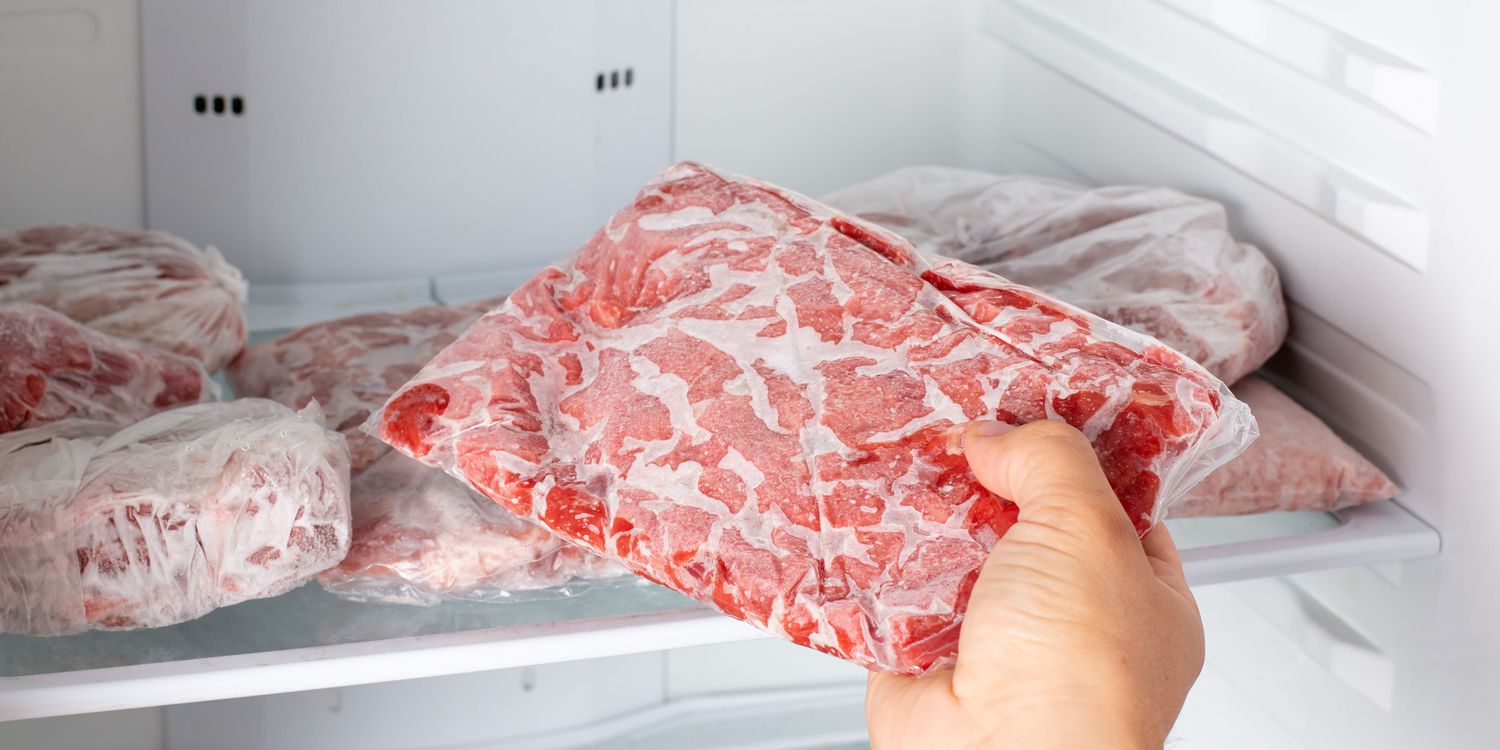
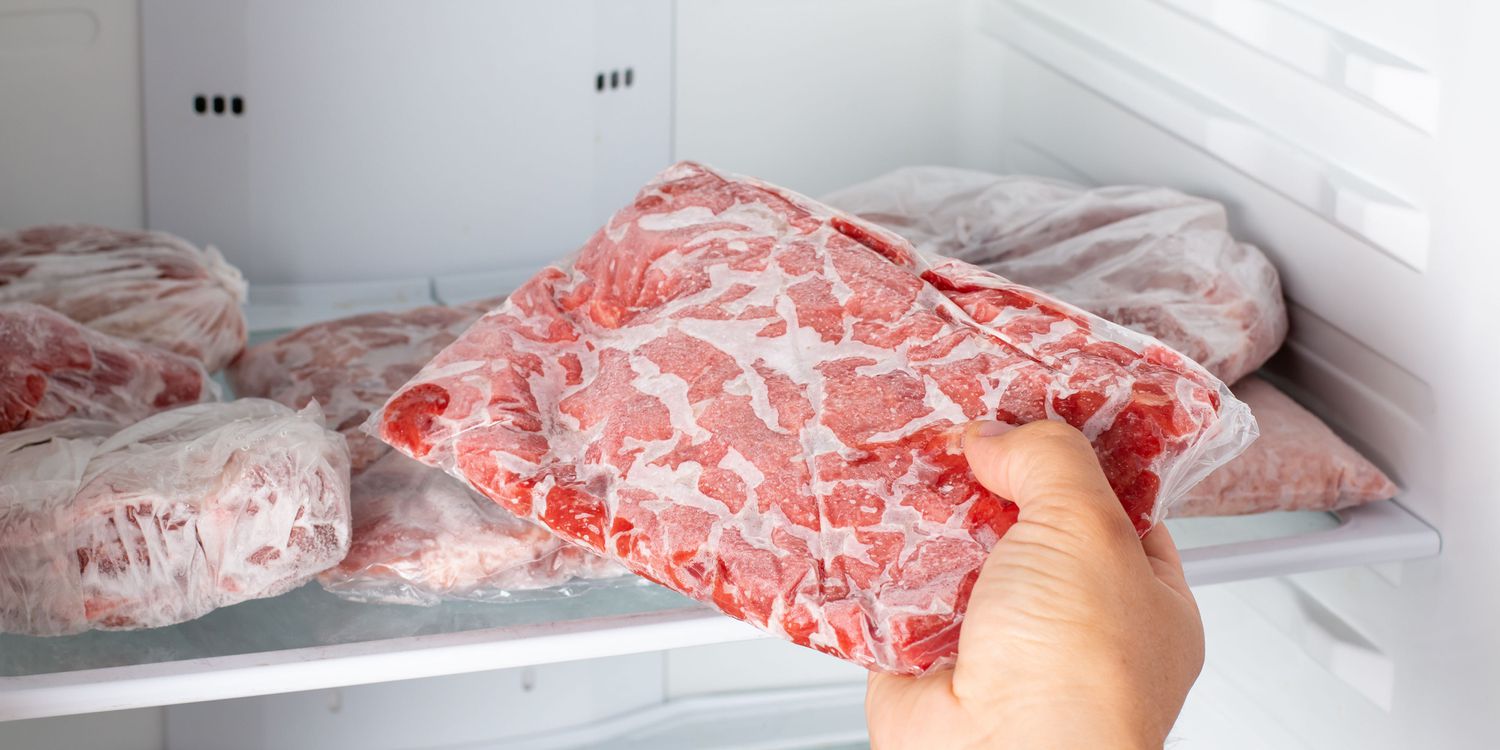
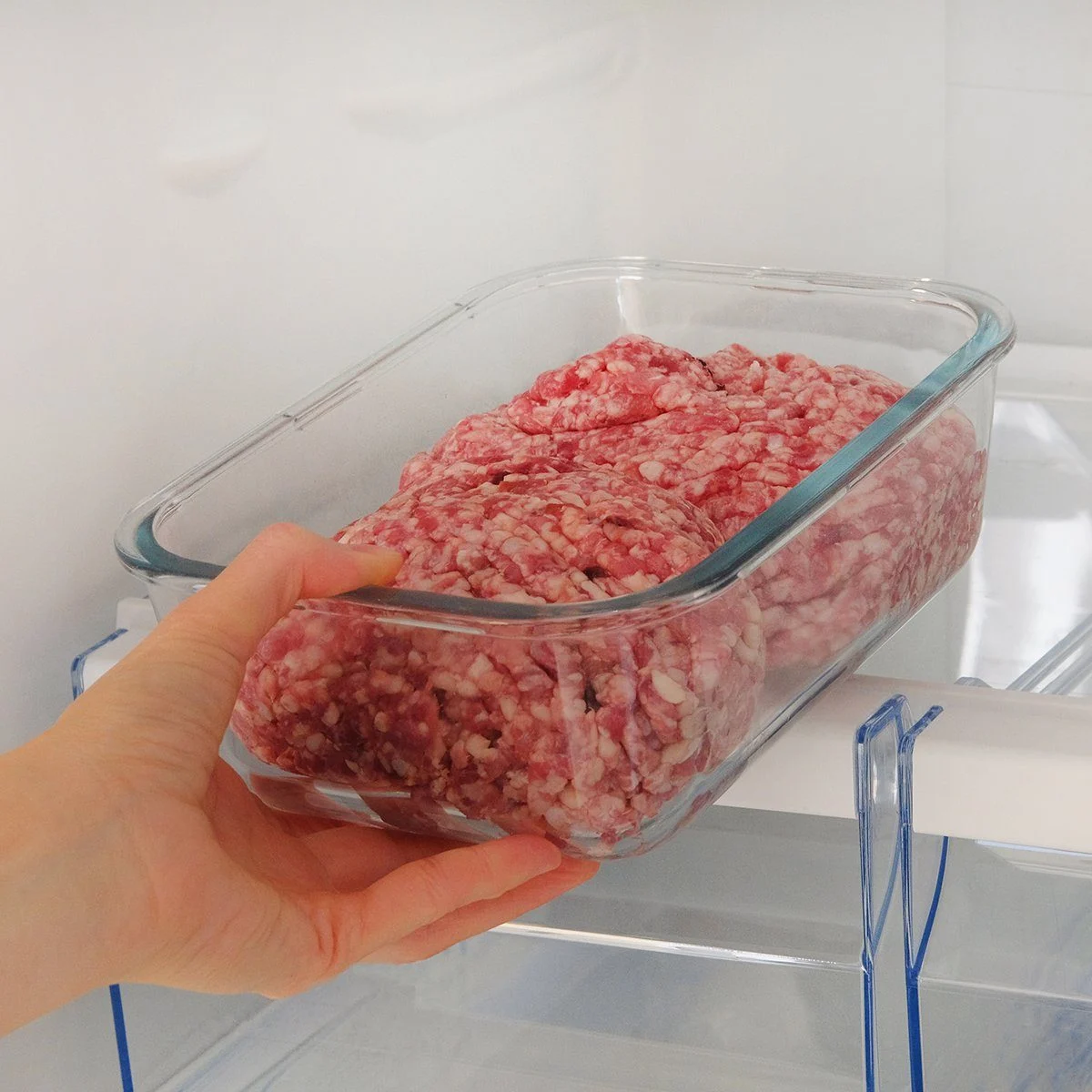
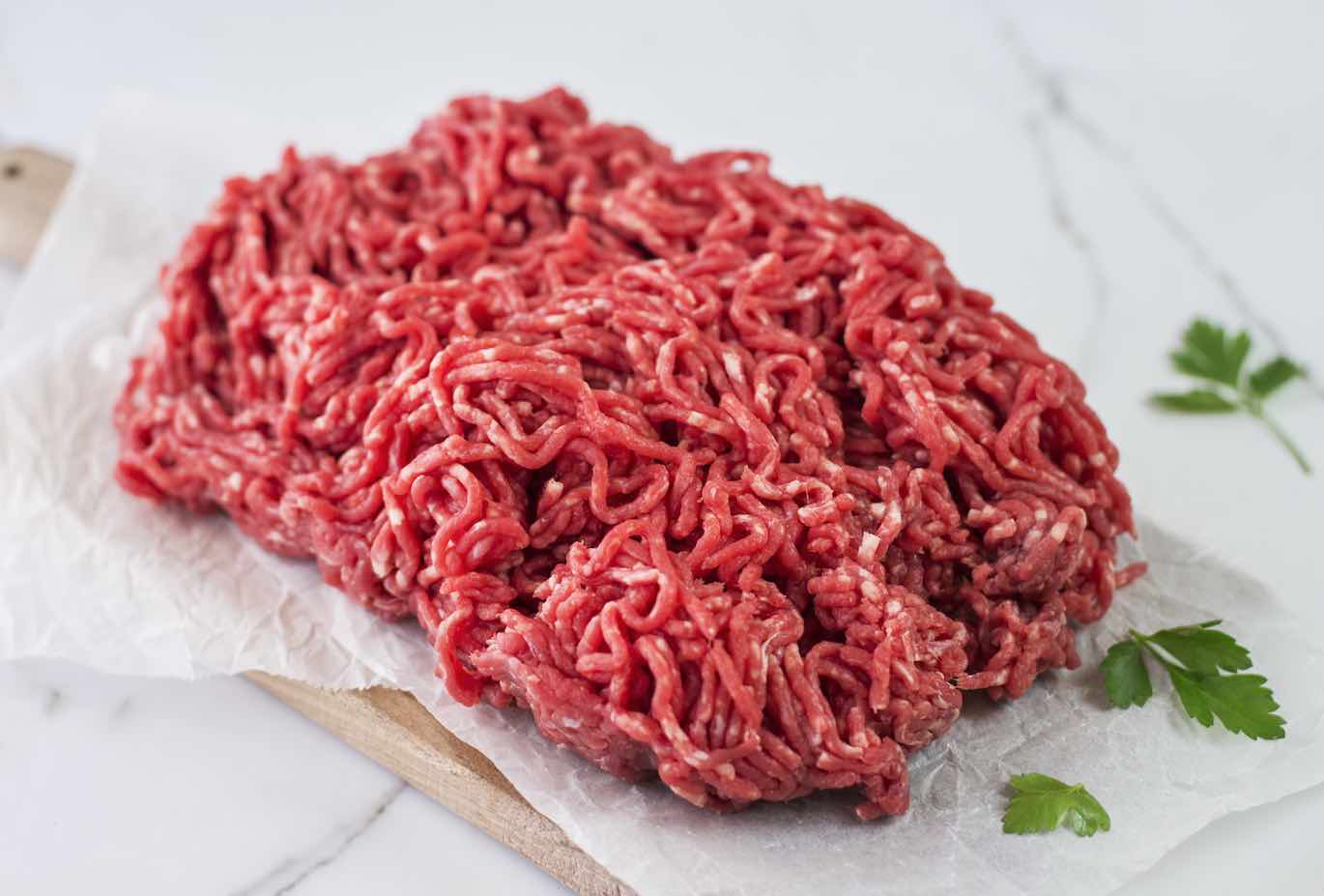
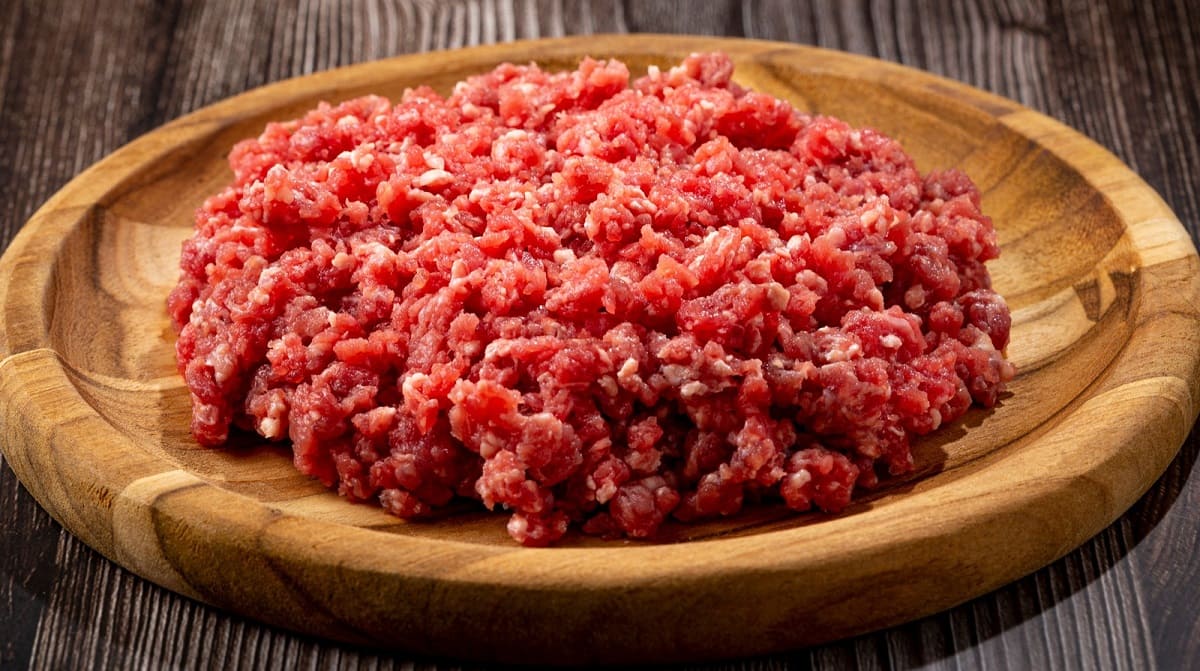
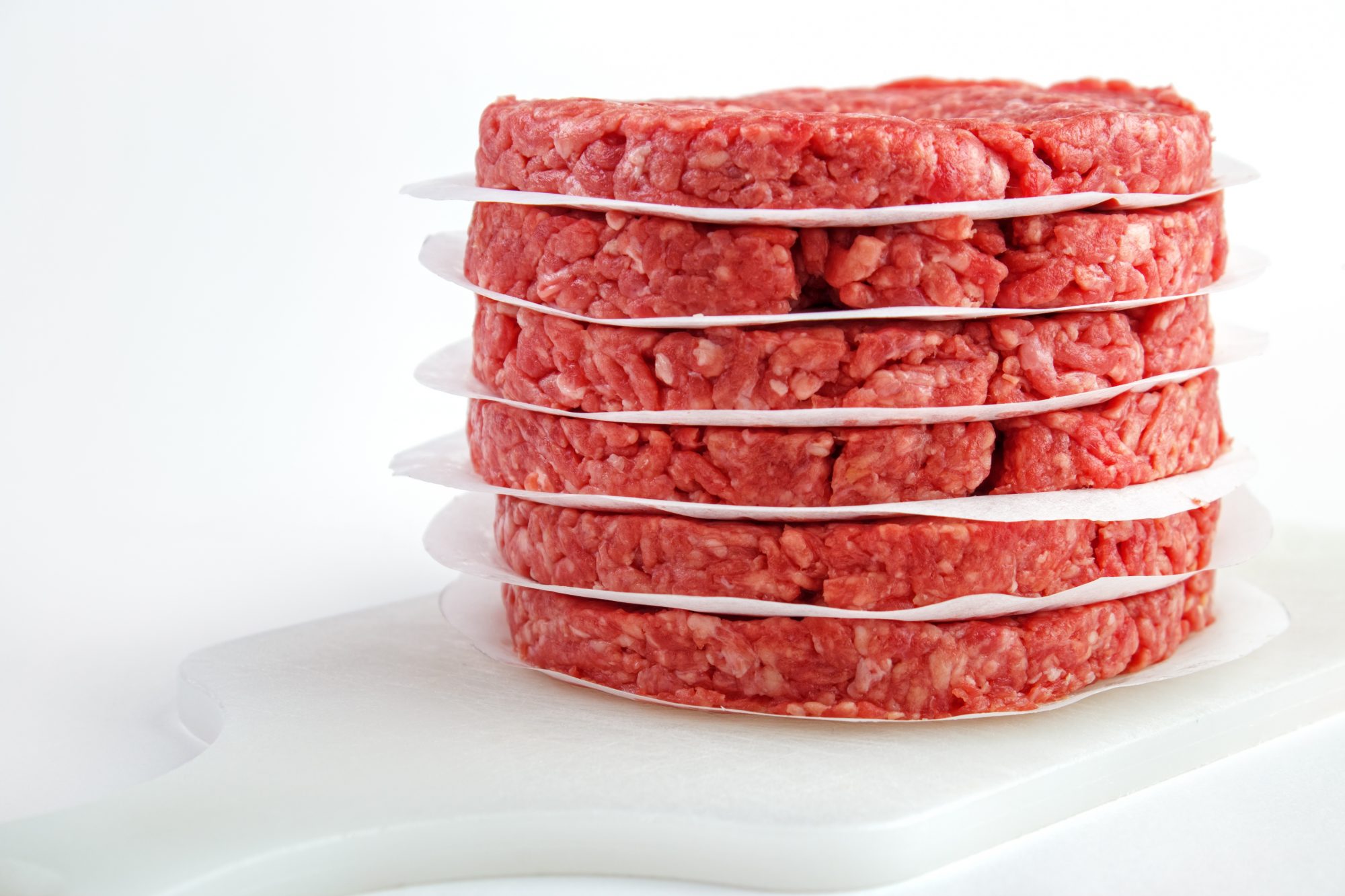
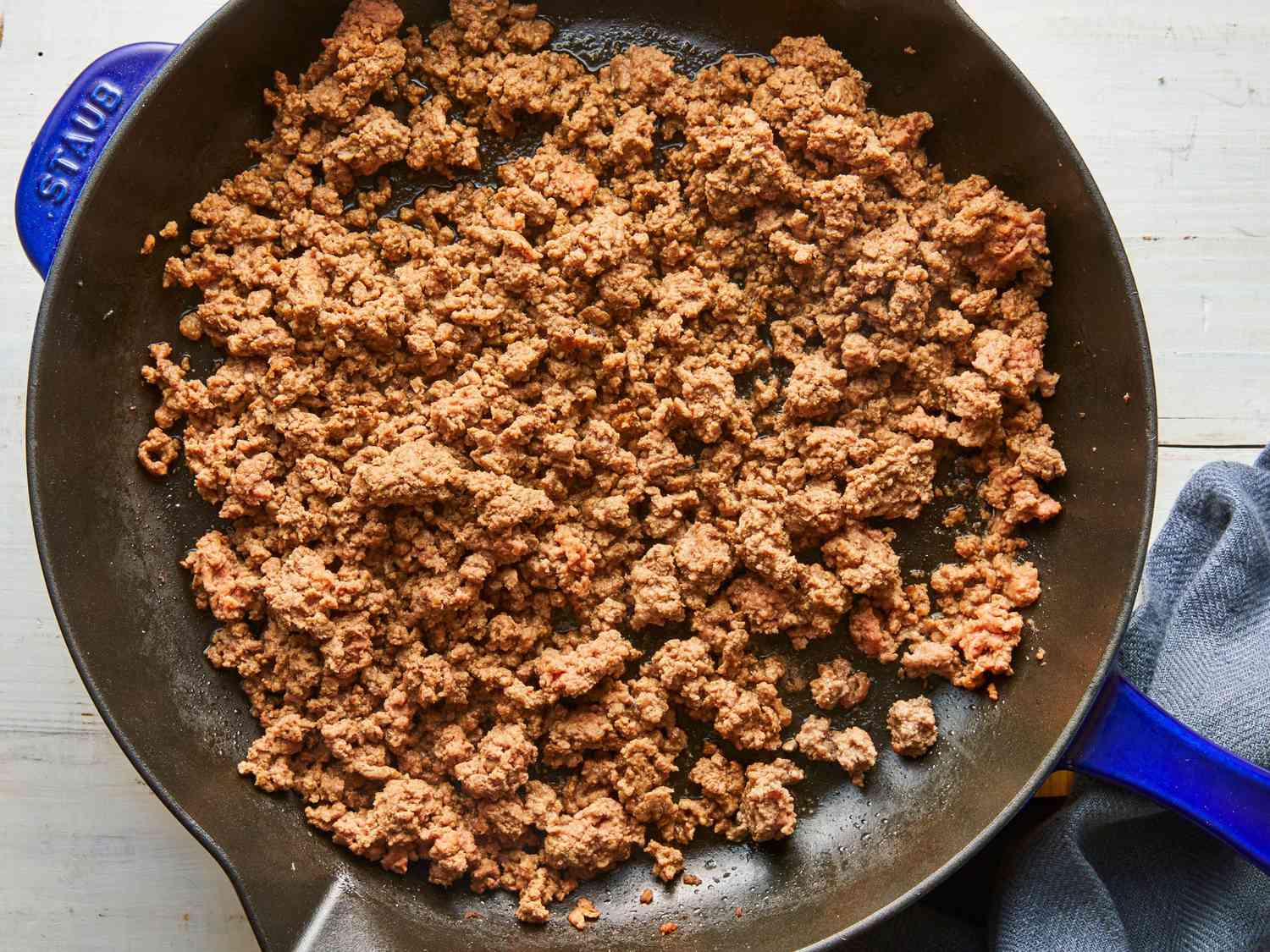
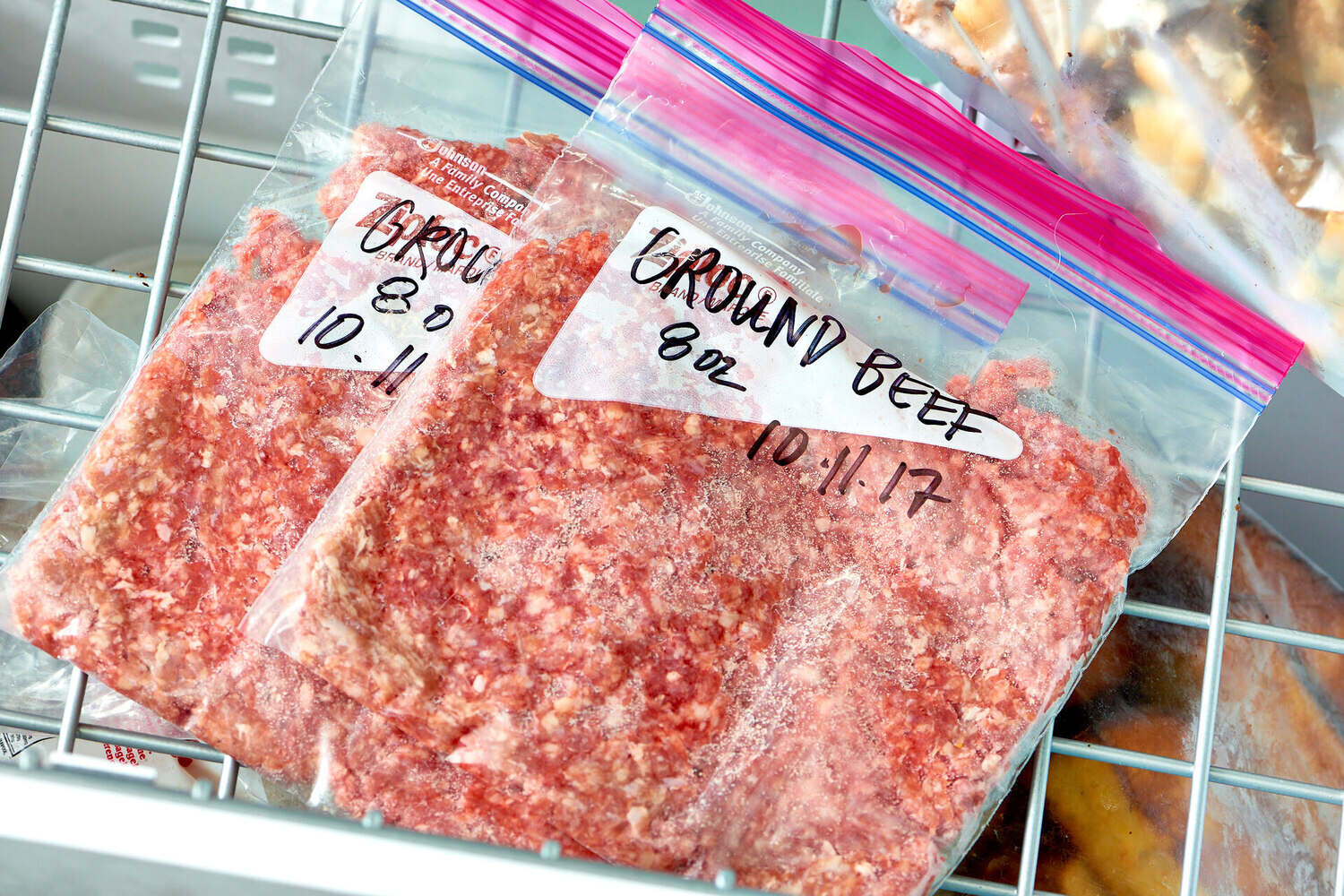
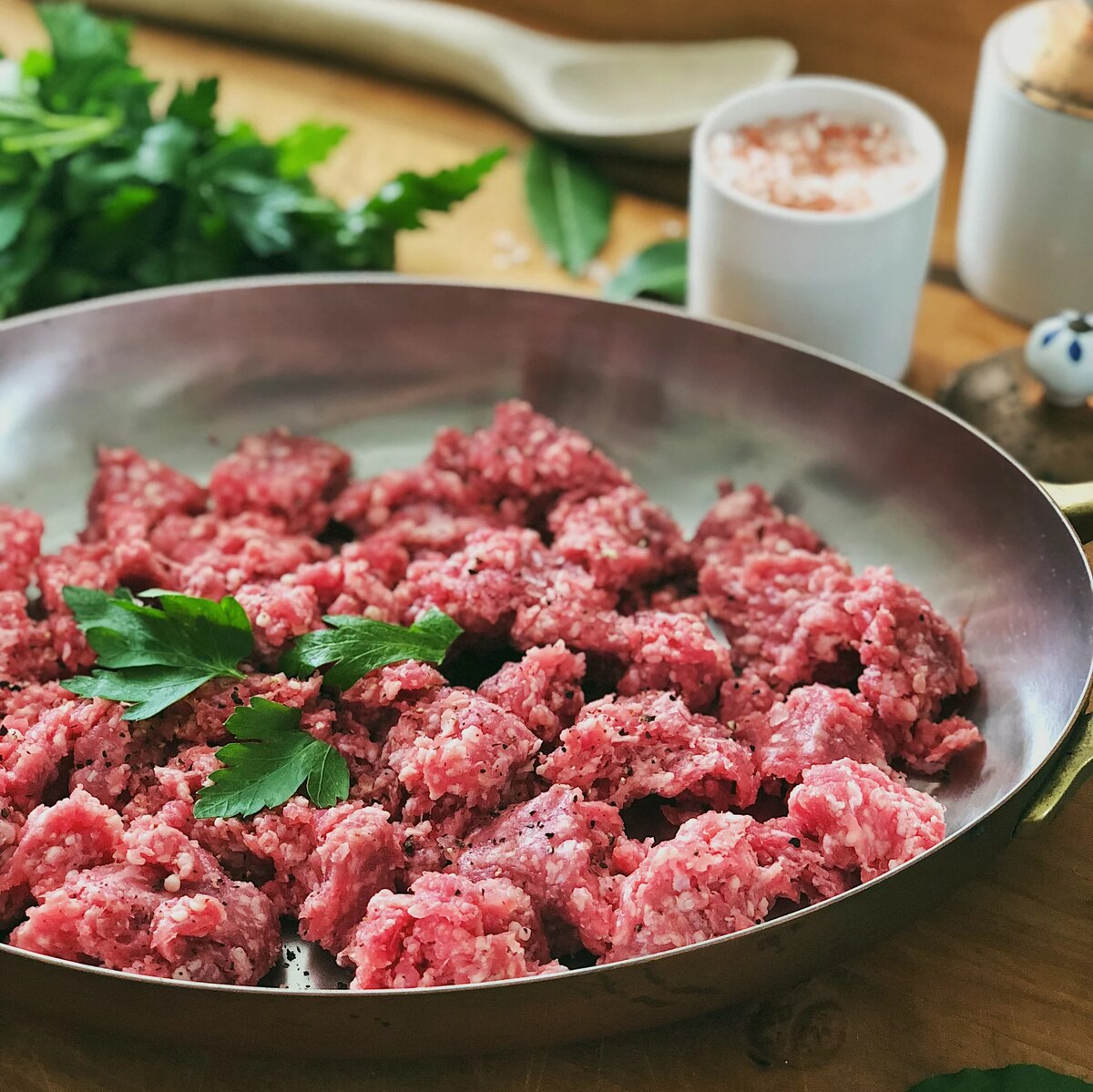
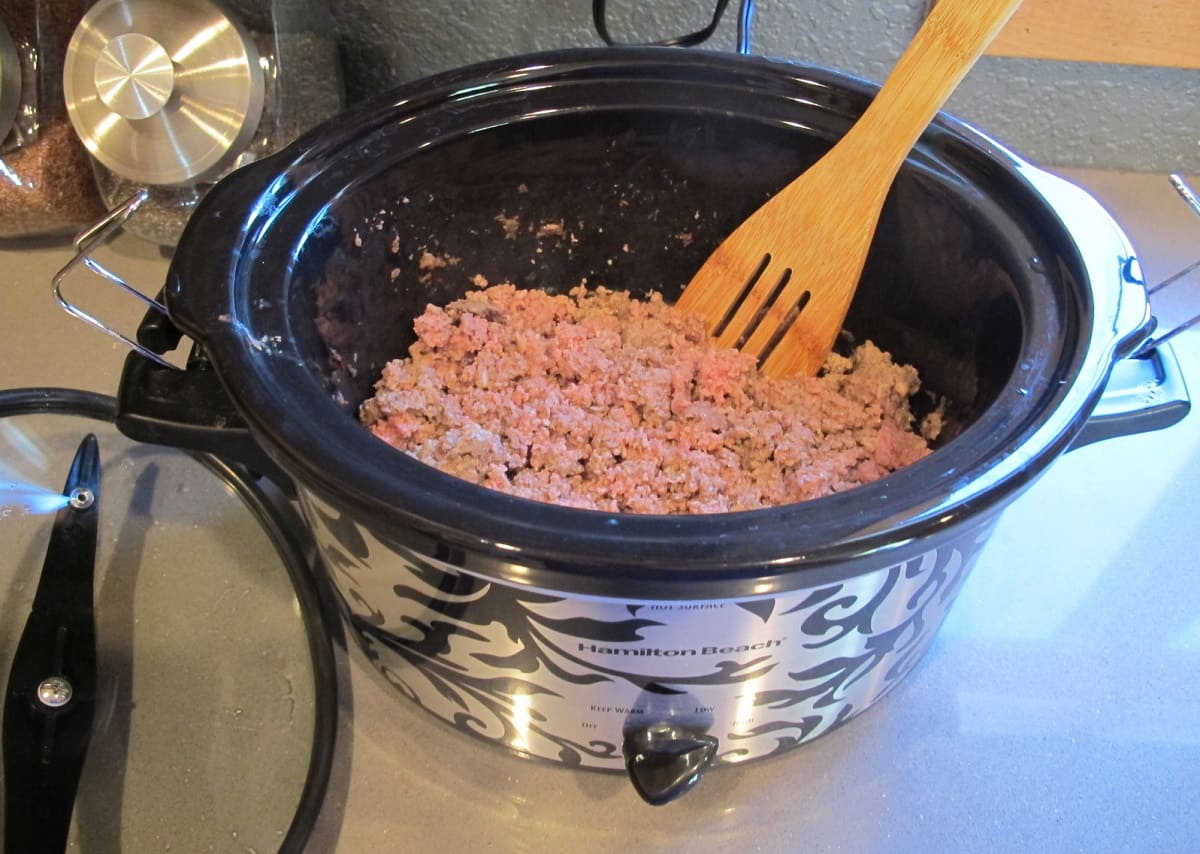
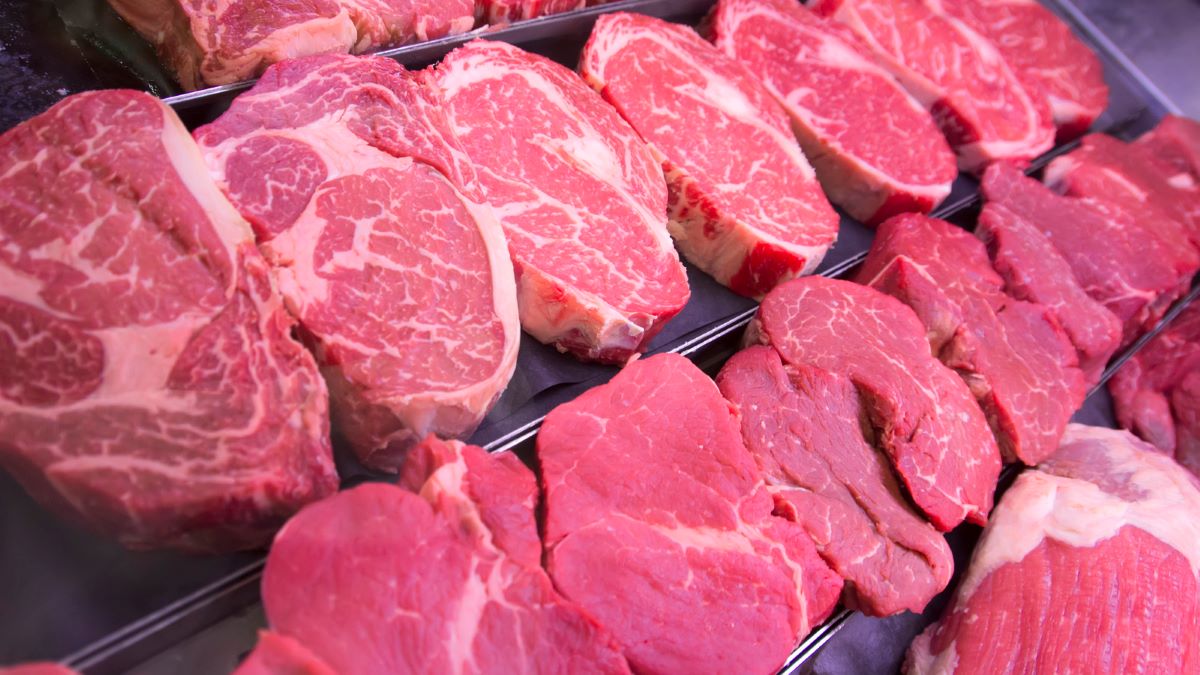
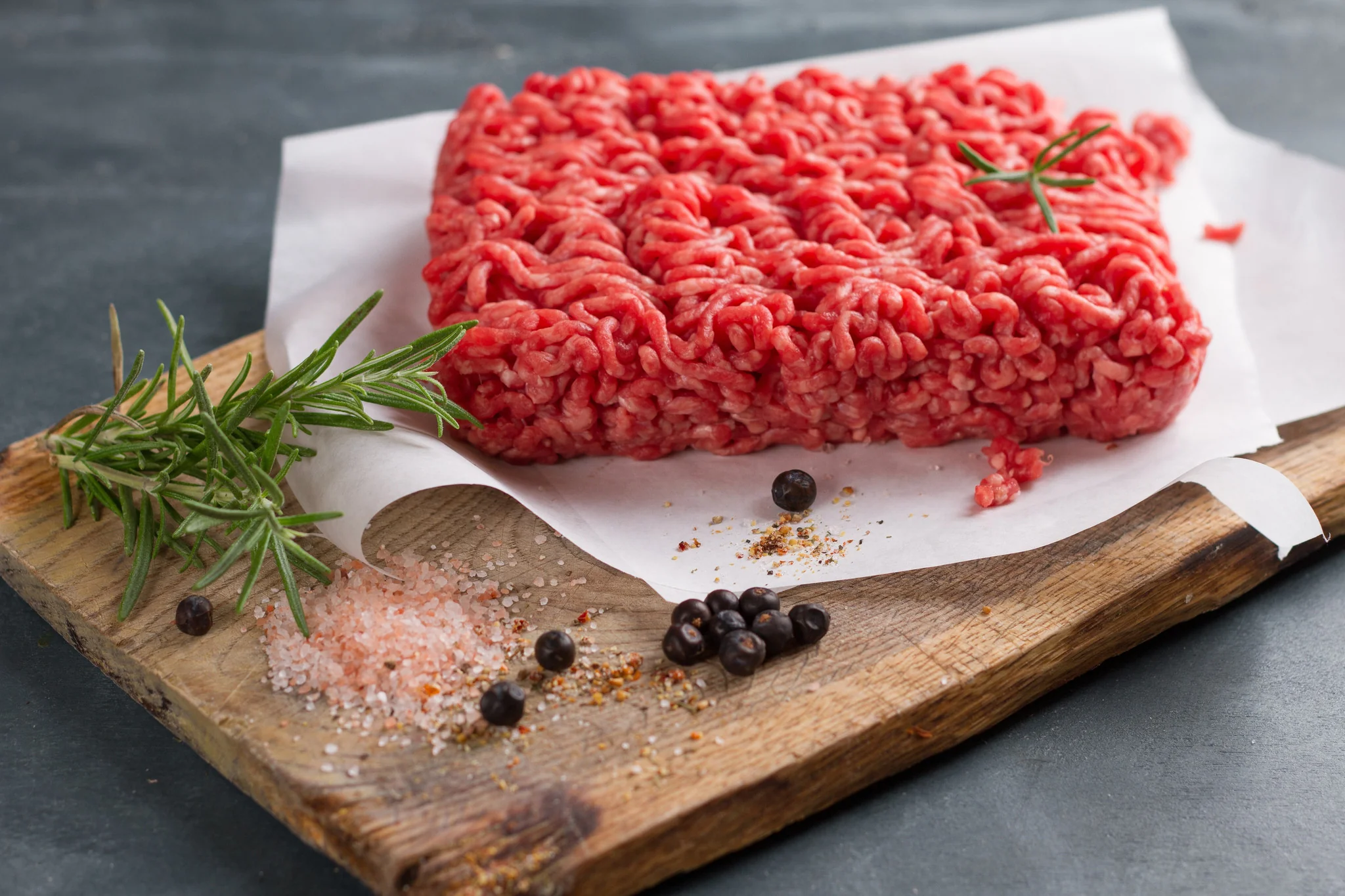
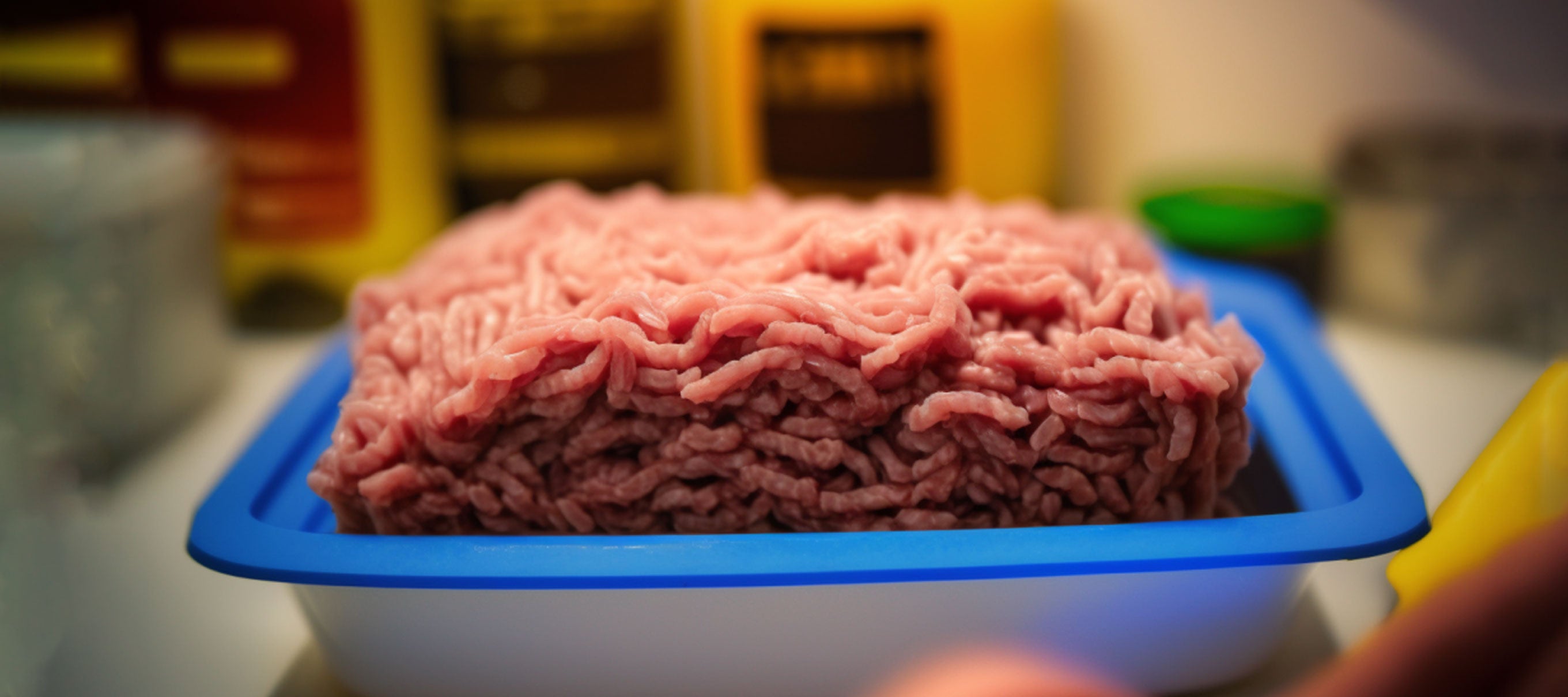
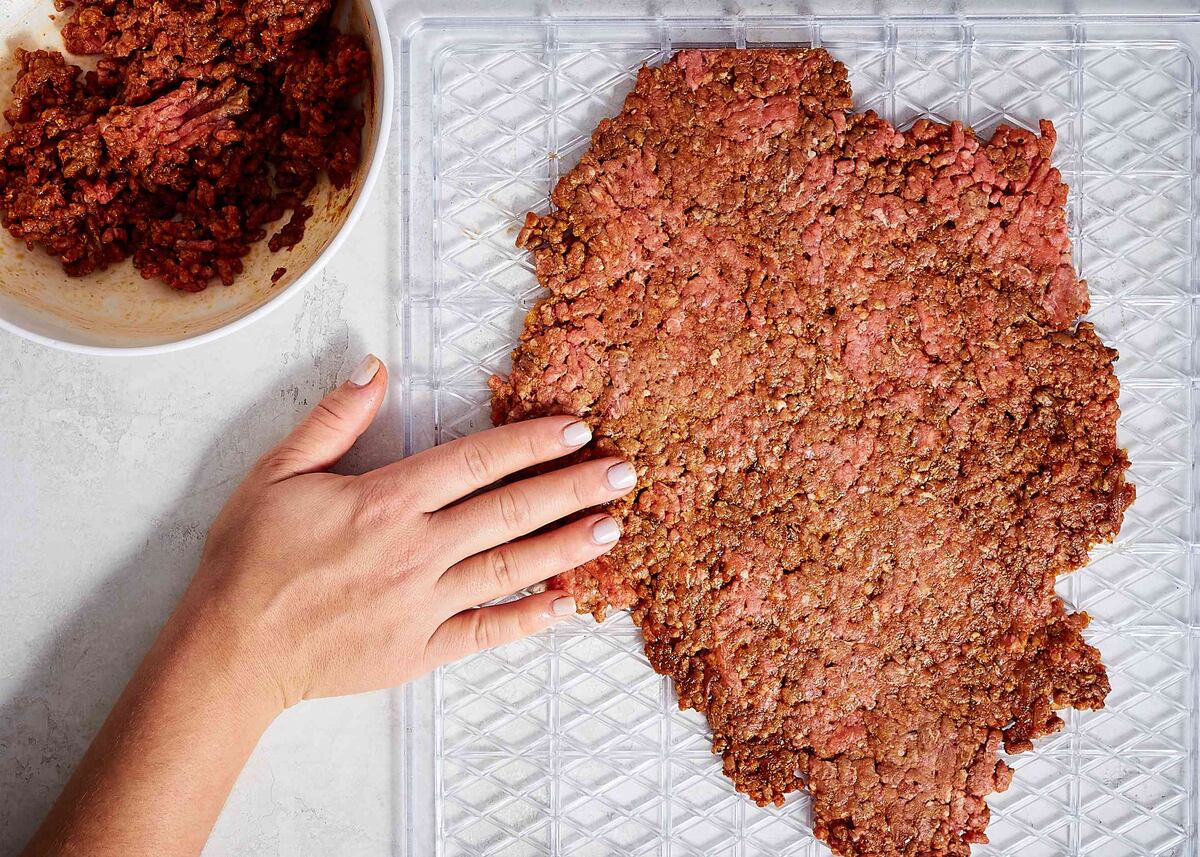

0 thoughts on “How To Store Leftover Ground Beef”